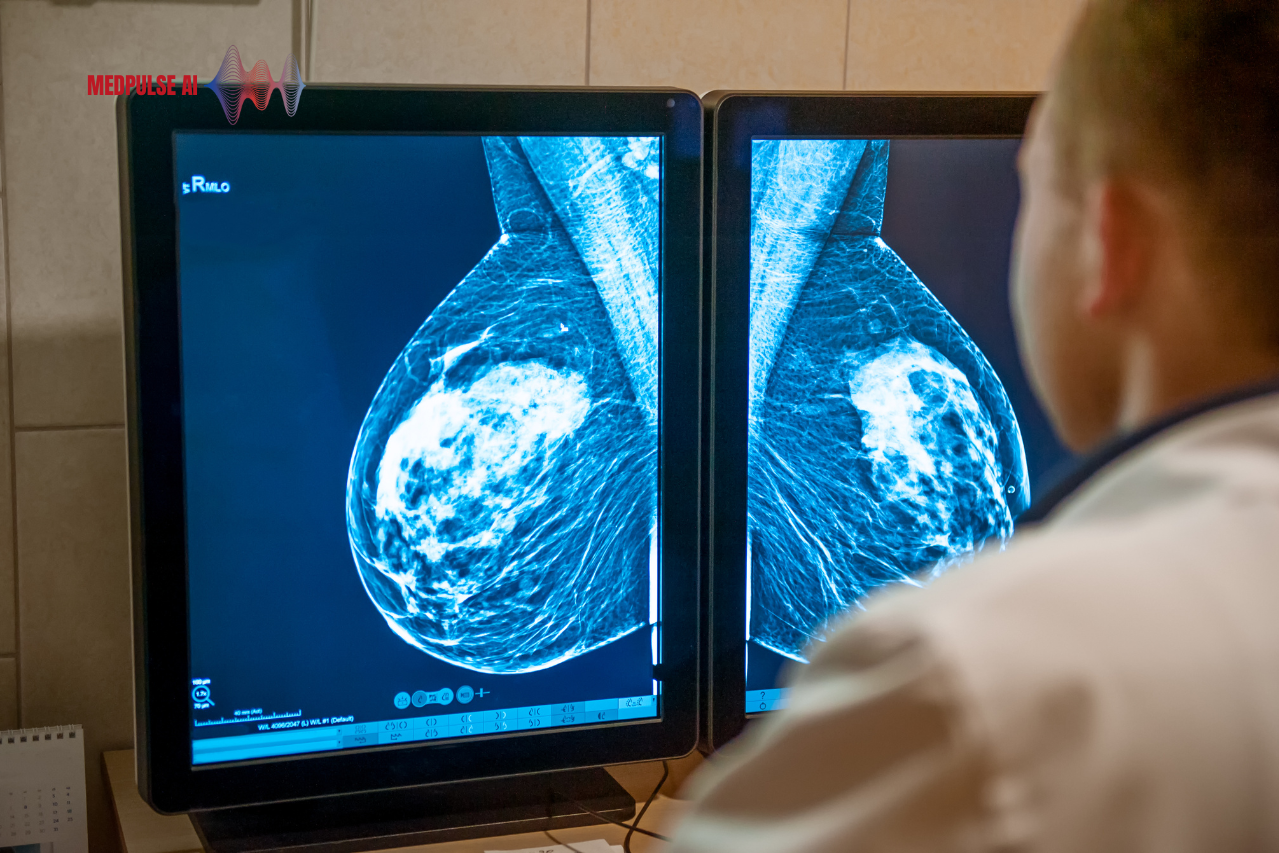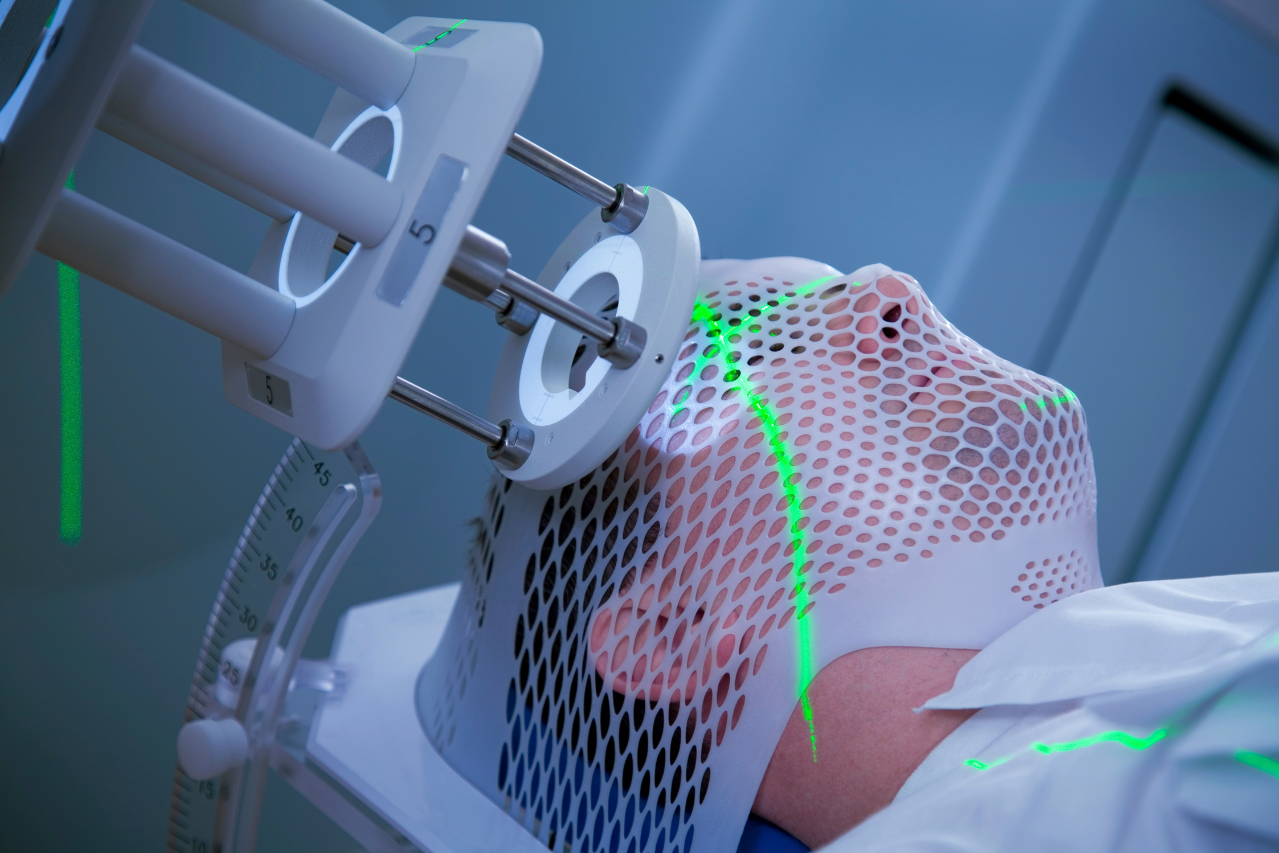A recent study by Stanford University researchers, in collaboration with SoundHealth Inc., has introduced an innovative method for identifying anatomical factors contributing to sleep disorders using AI-enhanced smartphone facial scans. This approach leverages smartphone cameras to assess craniofacial and maxillofacial features, aiming to provide a non-invasive, accessible diagnostic tool for conditions such as insomnia and obstructive sleep apnea (OSA).
Traditionally, diagnosing sleep disorders like OSA requires costly and inconvenient methods such as overnight sleep studies or clinical imaging. These approaches focus on anatomical factors such as a narrow maxilla or a high-arched palate, often culprits behind airway obstructions or disrupted breathing patterns during sleep.
The Stanford research team, however, explored the potential of smartphone cameras, combined with AI, to capture high-resolution, 3D craniofacial models. Using proprietary software, they analyzed 20 participants diagnosed with insomnia, examining facial structures for correlations with their Insomnia Severity Index scores. The AI-driven insights revealed significant relationships between specific craniofacial features and sleep disturbances, validating the tool’s potential for early diagnosis.
In addition to facial analysis, the study incorporated customized vibroacoustic resonance therapy through binaural audio stimulation, a form of sound therapy known for its positive effects on sleep and anxiety. SoundHealth Inc.’s FDA-approved bone conduction vibro-acoustic band further personalized treatment by aligning with each individual’s craniofacial resonance frequency.
Dr. Kevin Lin, a principal investigator of the study, highlighted the potential for this technology to facilitate earlier and more accessible screening of sleep disorders, noting that over 2 billion smartphones worldwide could support similar applications. He stated, “Our findings suggest a promising, scalable method to identify individuals at risk for sleep disturbances, potentially leading to customized treatments based on an individual’s unique craniofacial structure.”
Sleep disorders affect an estimated 70 million adults in the United States alone, with many cases remaining undiagnosed due to barriers such as cost, inconvenience, and lack of awareness. Untreated, these disorders can lead to severe consequences, including cardiovascular disease, depression, and impaired cognitive function. By integrating AI into ubiquitous devices like smartphones, researchers hope to close the diagnostic gap and improve health outcomes on a global scale.
The promising findings from this pilot study are just the beginning. Researchers aim to expand their cohort, including participants with a broader range of sleep disorders, to enhance the algorithm’s accuracy and generalizability. Additionally, they plan to compare smartphone-based facial scans with advanced dentofacial imaging to further validate the tool’s efficacy.
Another area of exploration includes developing AI-driven predictive models that incorporate other data streams, such as heart rate, breathing patterns, and voice analysis, to provide a holistic view of an individual’s sleep health.
The potential of this innovation extends beyond diagnostics. With further development, smartphone-based AI tools could provide real-time feedback, track progress during treatment, and even recommend interventions. This shift aligns with broader trends in personalized medicine, where healthcare becomes more patient-centric, leveraging everyday technologies to empower individuals in managing their health.
The integration of AI into sleep disorder diagnosis highlights a transformative moment in healthcare. It demonstrates how technology can break down traditional barriers, offering solutions that are not only effective but also accessible to people from all walks of life.
The implications of AI-enhanced facial scans go beyond sleep medicine. This technology represents a growing trend toward leveraging artificial intelligence and digital tools for non-invasive, accessible healthcare solutions. By incorporating AI into devices already in the hands of billions, healthcare providers can reimagine diagnostics, moving toward a future where early detection and intervention become the norm.
SoundHealth Inc. is a pioneering company at the forefront of integrating advanced technologies like AI and sound-based therapies into healthcare solutions. Focused on enhancing well-being through innovative, non-invasive approaches, the company specializes in developing devices and applications that leverage vibroacoustic resonance therapy and other sound-based interventions.
Their flagship product, an FDA-approved bone conduction vibroacoustic band, exemplifies their commitment to personalizing health treatments by tailoring sound frequencies to individual craniofacial structures. By collaborating with leading institutions such as Stanford University, SoundHealth Inc. continues to redefine the boundaries of digital health, offering scalable, accessible solutions for conditions ranging from sleep disorders to stress management. Their mission centers on combining cutting-edge science with user-friendly technology to empower individuals in achieving better health outcomes.
Would you consider using a smartphone-based diagnostic tool for your health? Share your thoughts on how technology is shaping the future of medicine.




